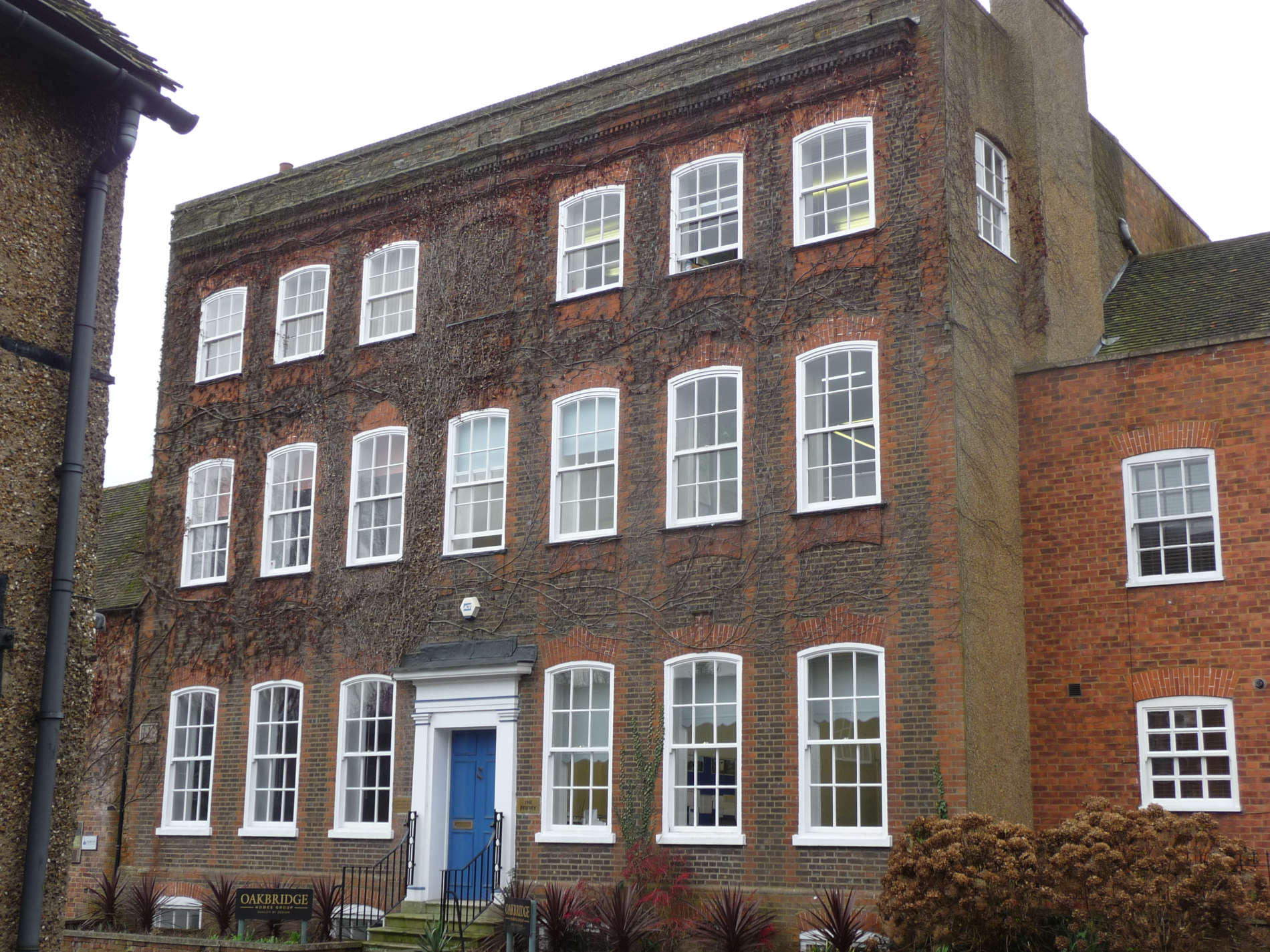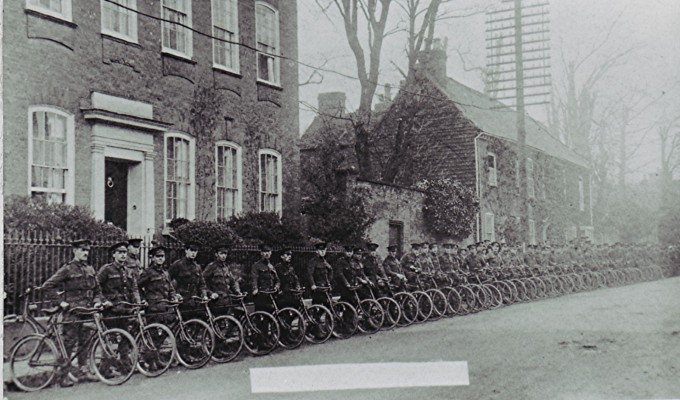High St. The Priory

A lot of speculation surrounds this area of the High Street. It is possible that this is the location of ‘Place House’, built by Sir Richard Reade (who had bought the Manor Farm and Priory at the Dissolution). However, other sources suggest that this house was on the raised ground in the present day ‘Park’ estate where excavations found traces of buildings. ( see the Park for details. ) The house he built used stones from the Priory and the present house appears to have a connection to the original Priory, not just in name, but there is a claim that remnants of the building were unearthed in a garden which would have been part of the original grounds. There have also been suggestions of foundations being unearthed. Richard had arrived in the village in 1558. He was born in Nether Wallop in Hampshire, second son of Richard Reade (died 1555) and Margaret. He was educated at Winchester College and New College Oxford, where he became a Fellow in 1528. He took a degree in Civil Law (1537) and became a doctor of Civil Law in 1540. He had a reputation as a man of ‘learning and experience’. He was made a Master of chancery and went on a trade mission to Flanders for Henry VIII. He was knighted in 1544.In 1546 the Lord Chancellor of Ireland was charged with corruption and was dismissed from office. Read took his place, living in a house near St Patrick’s Cathedral. On his return to England in 1548 he became Master of Requests and he purchased the manor of Redbourn. He managed to continue his career amidst the uncertain political times of Edward VI and Mary I. He even took part in the heresy trials of Ridley, Cranmer and Latimer. He died on July 11 1576 and was buried in the Lady Chapel in St Mary’s. His wife is in the same vault. He left an extremely detailed will of over 200 lines, one of the finest to have survived from Elizabethan England. There were legacies to Winchester College and for the upkeep of the parish of Redbourn. The Manor of Redbourn was inherited by his eldest son, Innocent.
This large town house was built around 1710-1720 of dark red bricks and red brick vertical banding. There are gauged red brick segmental window heads and dressings. The house has a cellar, three storeys and a parapet. All the first and second floor windows have aprons, the central ones with scalloped and patterned brick. Keystones are also a feature of many of the windows. The front double doors are early 19th century and the porch is made of Tuscan wood. On the ground floor of the house some original features remain, including paneling and fluted pilasters , one reception room having box cornice, the other coved cornice. There was a large garden at the rear of the house that stretched to the Common.
The history of the house is very interesting. The topographical artist and cartographer Thomas Baskerfield, who has 235 drawings and plans listed in the British Library catalogue, lived used the house as his country residence. In 1794 he took out fire insurance with Sun Fire Office for £550. He was an important local figure as captain of the local volunteer force, formed to organise the Redbourn area against a French invasion during the Napoleonic wars. He was romantically linked to Lord Grimston’s daughter Harriet but the match was discouraged and instead he married Sophia. He died in 1816 and is buried next to his parents in St Mary’s. She outlived him by thirty years. The next owner, Captain de Vere Brown also owned the Cock pub and malt mill, both of which were situated next to the Priory. The house then passed into the Bowes-Lyons family. Hugh – married to Frances daughter of Lady Glamis. A sale of items from the house in 1903 suggest that the family enjoyed a high standard of living (Chippendale furniture, a single Brougham, a pony Phaeton and a four wheeled dog cart were included total value of goods sold was over £500).
Other owners were Arthur William MacGregor (an early car owner in the village) and the brother of the Maharajah of Sarawak. By 1945 it had been converted into flats and later it became office accommodation.
